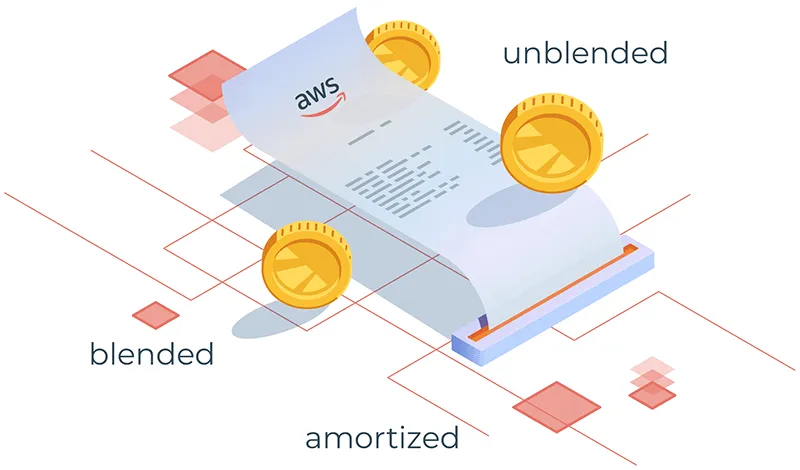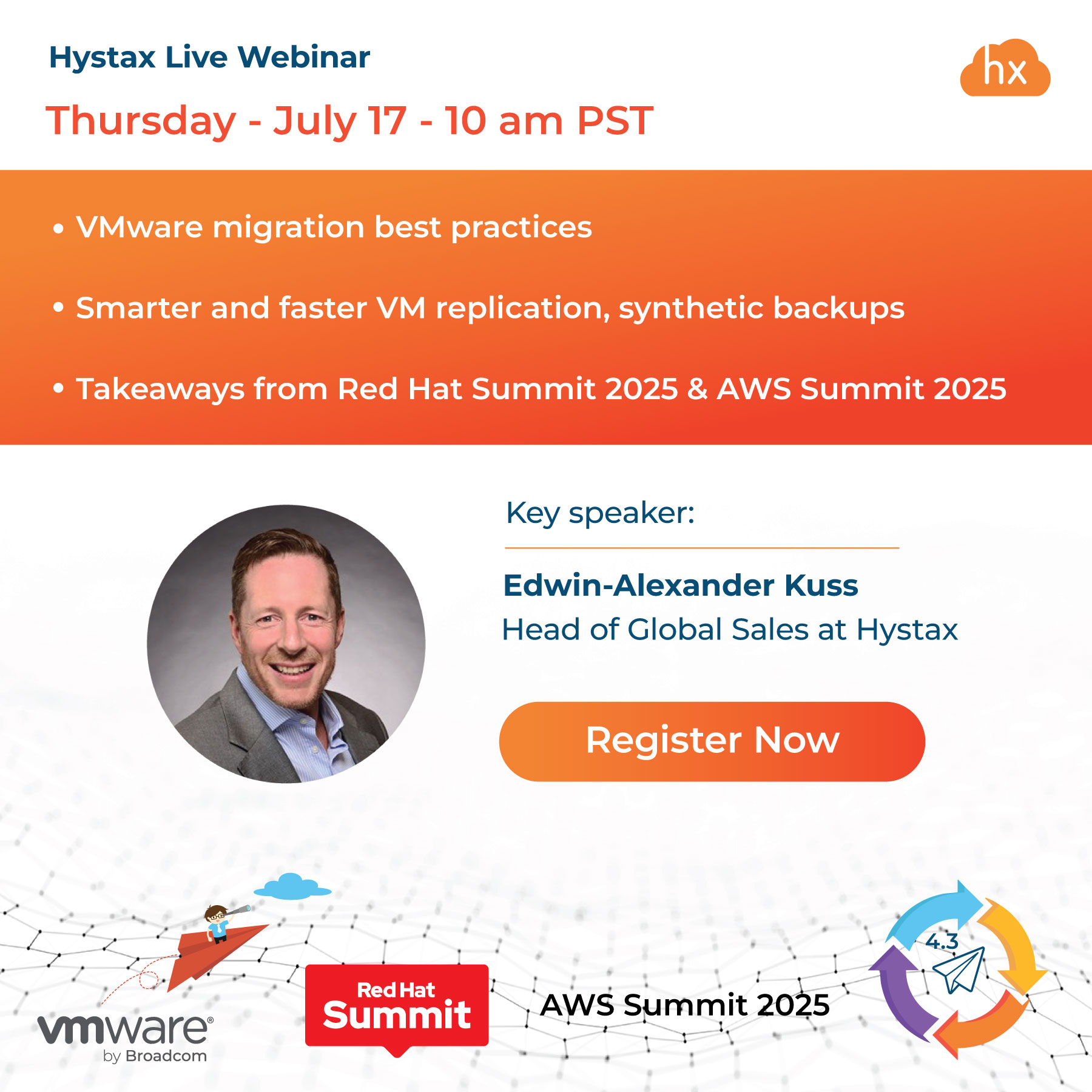Managing cloud costs is a top priority for any organization leveraging AWS services, whether running virtual servers, storing data, or using other cloud resources. For FinOps teams, staying on top of these expenses is key to optimizing and reducing overall cloud spending. This is where AWS Cost Datasets come in, offering powerful tools to analyze, track, and manage AWS costs more effectively.
Since no two organizations approach cloud cost management similarly, AWS provides flexible cost data through AWS Cost Explorer and AWS Budgets. These tools give you deep insights into your AWS usage, allow for detailed cost analysis, and help tailor financial strategies to your company’s unique needs. With the correct data at your fingertips, you can make smarter, more informed decisions to keep cloud costs under control.

An overview of AWS cost datasets: Simplifying cloud cost calculations
What are unblended costs in AWS?
AWS unblended costs reflect the actual charges for your AWS services on the day they are incurred. This cost dataset is comparable to a cash basis of accounting, in which costs are noted at the time of payment rather than at the time of service utilization.
This dataset shows precise costs without adjustments or distribution over time, making it the default choice for most AWS customers. It provides a straightforward, real-time view of cloud costs as they occur and is suitable for businesses that need an accurate snapshot of current spending.
What are amortized costs in AWS?
On the other hand, AWS amortized costs take an accrual-based approach to cloud cost tracking, spreading recurring charges (like AWS Reservations for EC2 or RDS) evenly over a specific period. This method offers a more transparent, long-term view of your AWS spending, making it especially useful for companies with significant upfront commitments, such as Reserved Instances.
To put this in perspective, consider monthly recurring revenue (MRR), a key metric for subscription businesses. You can calculate MRR using accrual accounting, recognizing revenue monthly regardless of whether the customer pays upfront or in installments. Similarly, the amortized cost dataset helps you better visualize and track the long-term impact of your AWS reservations, giving you a more accurate picture of your costs over time. This approach is invaluable for scaling businesses, allowing for more strategic decision-making and optimized cloud cost management.
What are AWS blended costs?
AWS introduced blended costs to help organizations consolidate billing across multiple departments, or user accounts into a single payment account. This approach allows companies to benefit from tiered pricing, where various users contribute to reaching lower-priced pricing tiers faster. While this can help reduce costs for certain AWS services, blended costs are now less commonly used due to the complexity involved in their calculation.
How are AWS blended costs calculated?
To understand blended costs, let’s walk through an example using S3 storage with three pricing tiers. For simplicity, let’s assume the pricing is as follows (note that these are not the actual AWS rates):
1. $50 per TB for the first 1 TB
2. $40 per TB for the next 49 TB
3. $30 per TB for the next 450 TB
Now, imagine three members of the same organization share the storage:
1. Member 1 uses the first 20 TB
2. Member 2 uses the next 20 TB
3. Member 3 uses the last 20 TB
The organization uses 60 TB, and the total cost is $2310 ($50 × 1 + $40 × 49 + $30 × 10).
Examples of blended and unblended costs in AWS
Unblended cost example:
If we calculate the cost using the unblended cost dataset, the distribution would be as follows:
1. Member 1: $810 ($50 × 1 + $40 × 19)
2. Member 2: $800 ($40 × 20)
3. Member 3: $700 ($40 × 10 + $30 × 10)
Blended cost example:
Now, to calculate the blended cost, we divide the total cost by the total amount of usage:
$2310 ÷ 60 = $38.5 per TB
Each member’s blended cost is then calculated by multiplying the blended rate by the number of terabytes they used:
1. Member 1: 38.5 × 20 = $770
2. Member 2: 38.5 × 20 = $770
3. Member 3: 38.5 × 20 = $770
In this simplified example, each member’s blended cost is the same because they each used the same amount of storage. However, this calculation can become more complex when considering AWS reservations or Savings Plans.
When should you use blended costs?
You can calculate blended costs using an average rate for on-demand usage, which can be helpful for specific cost forecasting scenarios. However, the blended cost model can become much more intricate and less accurate for cost optimization in complex setups like reservations or Savings Plans.
While blended costs can give you an overall average view, they may not always reflect the actual costs of your usage, especially if you have a diverse cloud architecture or are utilizing reserved instances. Many users prefer to rely on unblended or amortized cost datasets for more accurate cost analysis.
Should you rely on blended costs?
While blended costs can simplify billing for organizations that want to consolidate accounts and take advantage of tiered pricing, they may not be the best choice for detailed cost management or optimization. If your AWS usage involves reserved instances, Savings Plans, or complex usage patterns, using other datasets like unblended or amortized costs is recommended for more accurate insights.
Net cost datasets
AWS offers net cost datasets, such as net unblended and net amortized costs, which include Amazon discounts. These datasets are calculated in the same way as unblended and amortized costs but account for discount adjustments.
Blended vs. unblended vs. amortized costs: How to choose the right AWS cost dataset
Unblended costs are the most commonly used dataset, offering a straightforward view of AWS usage costs on a cash basis. They are ideal for organizations without specific requirements related to reservations or unique use cases. Unblended costs are sufficient if you need to understand your daily usage costs as they are charged and analyze them for optimization.
Amortized costs, on the other hand, are better suited for businesses that use AWS Reservations, particularly Amazon EC2 Reserved Instances. These costs are viewed on an accrual basis, spreading reservation fees evenly over time. Amortized costs are the better choice if you’ve purchased reservations and want to analyze related trends.
Blended costs, although less commonly used now due to their complexity, were initially designed for organizations with consolidated billing under a single paying account. Unless you have specific use cases requiring forecasting based on average rates, avoiding this dataset is best.
✔️ While there are multiple ways to achieve cloud cost visibility, OptScale, the FIRST open-source solution, helps companies fully understand and provide complete transparency to cloud spending.
The solution is fully available under Apache 2.0 on GitHub →
💡 You might also be interested in a FinOps article, where our cloud experts destroy the myths about the general approach to FinOps adoption →
Discover:
● How many companies are interested in building a process, but not just an instant cost reduction, and a reflection of that in their P&L
● What the right size of the FinOps team is
● Real-life tips to build the right FinOps strategy




